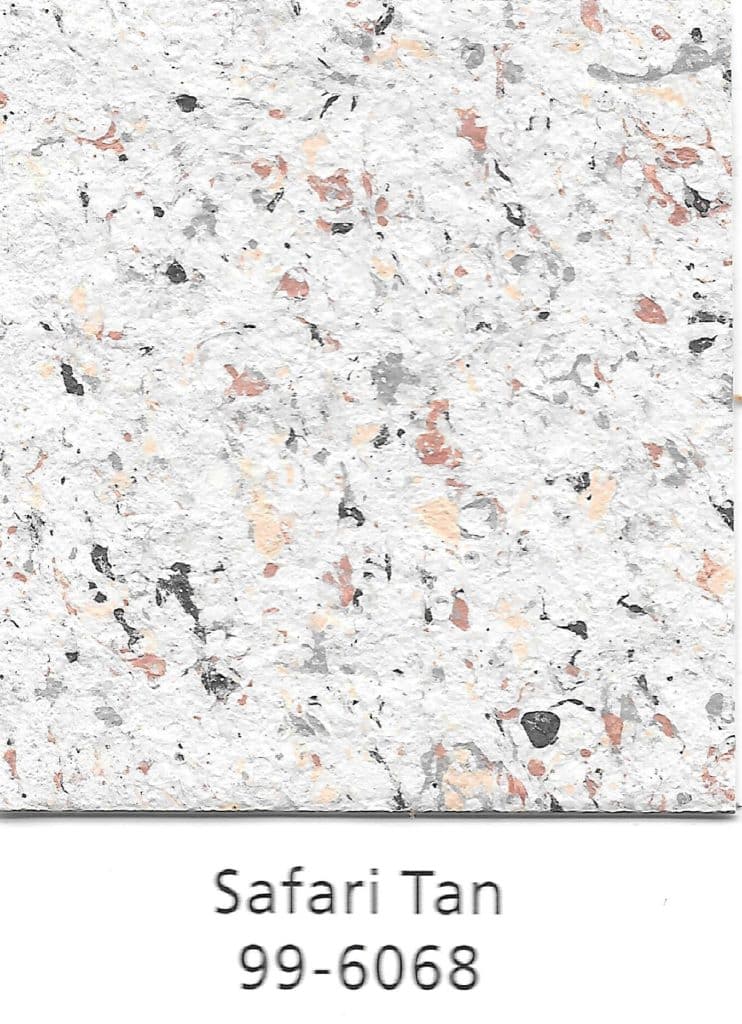
South of this area in the industrial region (Tianshan Mountain North Slope Economic Development Belt, TMNSEDB), the median concentration of BC in snow was 913.2 ng g⁻¹.RMODISBC presents distinct spatial variability, with the minimum (3.01W m⁻²) in the AR and the maximum (40.2W m⁻²) near industrial areas in TMNSEDB. The lowest concentrations of BC were on the border of the Altay region (AR), with a median concentration in snow of 98.5 ng g⁻¹. The observations in January-February show that the concentrations of BC (equivalent BC) in snow ranged from 44.08 to 1949.9 ng g⁻¹, with an average of 536.71 ng g⁻¹. In this study, we used remote sensing (Moderate-resolution Imaging Spectroradiometer, MODIS) observations combined with a snow albedo model (Snow, Ice, and Aerosol Radiation, SNICAR) and a radiative transfer model (Santa Barbara DISORT Atmospheric Radiative Transfer, SBDART) to retrieve the radiative forcing (RF) by BC in snow (RMODISBC) across Xinjiang, China, for the first time. The algorithm is applicable to regional basins worldwide, bearing relevance to both climate process research and the operational management of water resources.īlack carbon (BC), which consists of the strongest light-absorbing particles (LAPs) in snow, has been regarded as a potential factor accelerating regional climate change and the melting of snow cover globally. The modeled impact of dust on enhanced snowmelt was found to be significant, accounting for nearly 50% of the total melt at the more contaminated station sites.
#Multispec gal avalanche series
Comparisons against in situ stations in the Rocky Mountains show that accounting for the temporally resolved all-sky solar irradiance via satellite retrievals yields a more representative time series of dust radiative effects compared to the clear-sky assumption. Dust radiative forcing scenarios were considered for 1) clear-sky conditions and 2) all-sky conditions using satellite-based cloud observations. Here, the instantaneous MODDRFS estimate is used as a tie point to calculate temporally resolved surface radiative forcing. While such snapshots are useful, energy balance modeling requires temporally resolved radiative forcing to represent energy fluxes to the snowpack, as modulated primarily by varying cloud cover.

The Moderate Resolution Imaging Spectroradiometer (MODIS) Dust Radiative Forcing in Snow (MODDRFS) satellite product allows estimation of the instantaneous (at time of satellite overpass) surface radiative forcing caused by dust.

This absorption accelerates melting, impacting the regional hydrological cycle in terms of timing and magnitude of runoff. The deposition of aeolian dust on snow decreases snow albedo and increases the absorption of solar irradiance. Runoff from mountain snowpack is an important freshwater supply for many parts of the world.


 0 kommentar(er)
0 kommentar(er)
